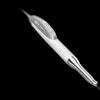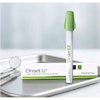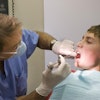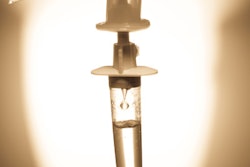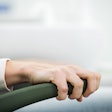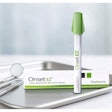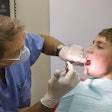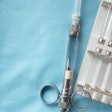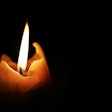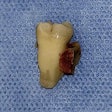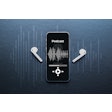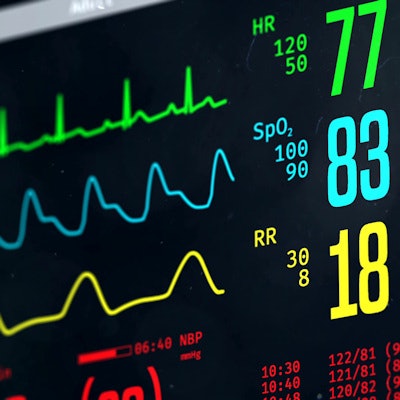
The American Academy of Pediatric Dentistry (AAPD) and American Academy of Pediatrics (AAP) have updated their sedation guidelines for the first time in three years. The new guidelines call for two trained personnel to be present when providing deep sedation or general anesthesia to children.
The updates come after a perceived increase in pediatric deaths and renewed scrutiny from some state legislatures. The goal of the guidelines, which were published in Pediatrics (May 30, 2019), is to prioritize the health and safety of children.
"These are our recommendations for everyone who is providing deep sedation or general anesthesia in an office environment treating children," AAPD President Kevin Donly, DDS, told DrBicuspid.com. "It's not mandated by every state board, but we put this is into place because we think it's the safest thing to do."
2 providers: 1 practicing, 1 observing
To come up with the recommendations, experts from AAPD and AAP looked into existing sedation and anesthesia research. The guidelines were designed for both medical and dental professionals to ensure the safety of children undergoing sedation or anesthesia at any type of facility.
 Kevin Donly, DDS, president of the AAPD.
Kevin Donly, DDS, president of the AAPD.The biggest change from previous recommendations is that the guidelines now call for two trained personnel when providing deep sedation or general anesthesia to a pediatric patient at a dental facility. Both providers must have up-to-date certification in patient rescue, such as advanced pediatric life support (APLS) or pediatric advanced life support (PALS). The previous guidelines called for only one provider with advanced training.
In addition, one of the two personnel must serve as an independent observer who is not performing or assisting with the dental procedure. The guidelines specify this role must be filled by a physician anesthesiologist, certified registered nurse anesthetist, second oral surgeon, or dentist anesthesiologist. This person's main duty is to monitor the patient's vital signs.
"The person who is providing the care probably can't watch the vital signs as close as someone who is just in charge of the deep sedation or general anesthesia," Dr. Donly said. "Why not be the safest you possibly can?"
Moving beyond the minimum
Although the call for two qualified providers is new, many pediatric dentists already practice this way. For those who do not, Dr. Donly believes finding a second, qualified anesthesia provider shouldn't be too hard.
“We put this into place because we think it's the safest thing to do.”
"They're readily available around the country," he said. "You can call your colleagues and ask, 'Who are you using?' "
In the end, the guidelines are about making pediatric sedation in the dental office the absolute safest it can be, but Dr. Donoly knows more needs to be done. For instance, the guidelines relied heavily on medical data because research is lacking on sedation in the dental office.
To fix that, AAPD is working with six universities to gather data on pediatric sedation and anesthesia in dental settings. The organization is also working with the nonprofit American Association for Accreditation of Ambulatory Surgery Facilities (AAAASF) to establish a way to accredit facilities that provide pediatric sedation and general anesthesia.
"Starting this year, we'll offer accreditation from AAAASF in private dental offices, particularly pediatric dentistry offices, where standardized examiners can come in and accredit you on your office meeting these new standards," he said. "What a neat thing! It gives the public the recognition that you've gone through this extra accreditation to prove you are at the maximum safety you can be at."
